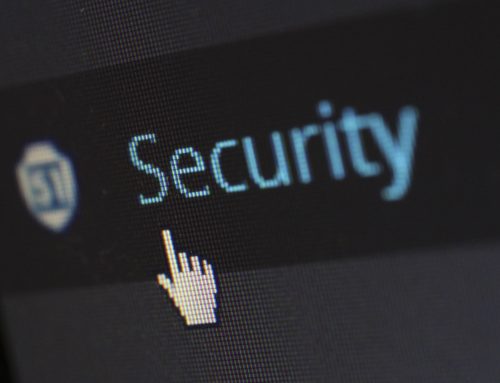Cybersecurity for BYOD and a Mobile Workforce
When we talk about cybersecurity one thing is certain, it is becoming more and more prevalent today. You see it in the news all the time. Health care organizations, municipalities, police department’s, government agencies, and most recently a vital oil and gas pipeline system have all fallen victim to ransomware attacks. It is not going away, rather it is going to get worse. This has become a multimillion-dollar business for the criminals.
No longer is it just large computer systems being attacked. We are seeing more smaller organizations fall victim. An article titled The State Of Cybersecurity Pertaining To Small Business published by Forbes in September of 2019 stated that “…Small businesses are a prime target for cyberattacks as they often lack the resources or expertise to completely protect themselves from threats and are therefore often considered to be “soft” targets. Alert Logic estimates that 58% of malware attack victims are small businesses and that 94% of attacks come through malware or phishing emails disguised as bills, invoices, email delivery failure notices and package delivery notifications…”
The cyber criminals are now trying to find ways to even attack our mobile devices. It is in everyone’s best interest to be aware of the weak points and vulnerabilities in our organizations. Cyber criminals are no longer just people sitting in their basements hacking away at a keyboard until they find a weak system. There are more organized, and they are doing much more social engineering where they attacked the weak point which in any organization is the individual.
Typically, a home office is less secure than a company office. Office networks typically have firewalls, antivirus software, and someone to make sure security software is in use and up to date. Remote workers often use their own devices when working remotely. Many will use multiple devices during the day.
The practice of bringing your own device (BYOD) makes system and data protection much more complicated. With mobile and remote working environments, employees are not only bringing their own devices but also their own operating systems their own applications and potentially their own network environments into the office environment. Because we have become a mobile society and we each have our device preferences. We have mixed operating systems where one employee user a Mac/IOS device, another uses an Android device, and a third uses Windows. From a security aspect this can be a dangerous situation. No one wants to limit someone’s productivity, but you must have good policies and procedures in place to protect your corporate systems and data.






